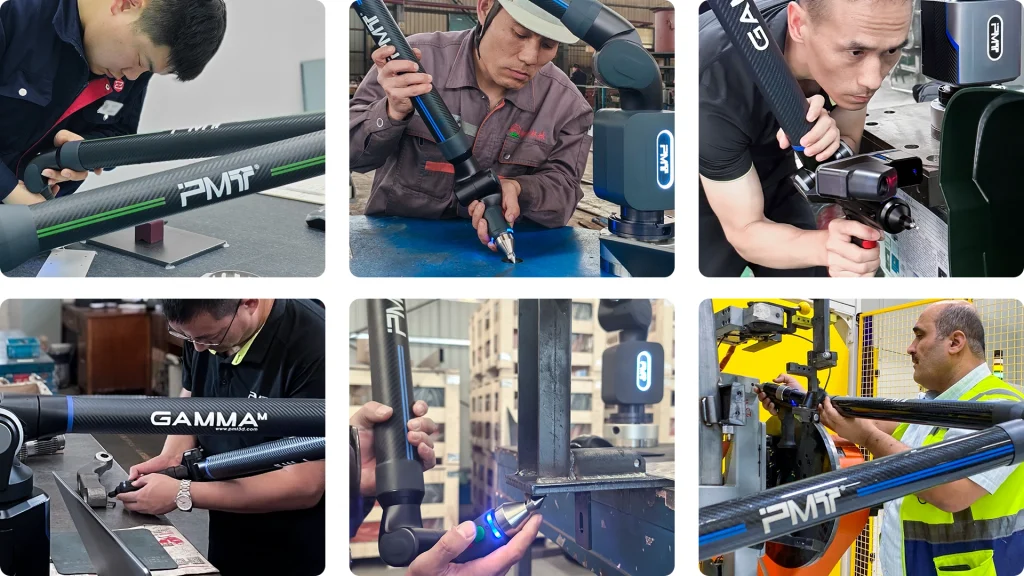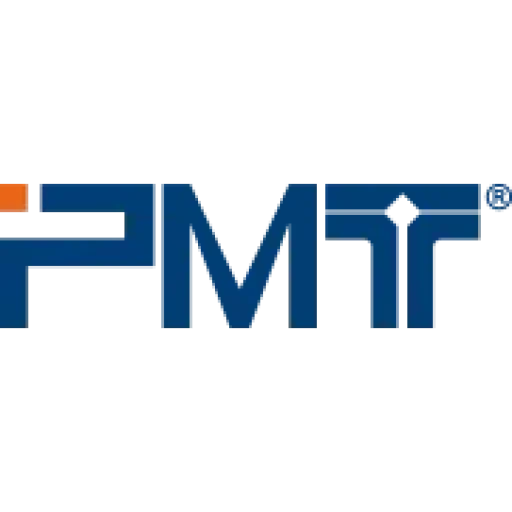In modern manufacturing, reverse engineering has become a critical tool for product development, structural optimization, and rapid iteration. Unlike traditional manual mapping or drawing reproduction, the use of Coordinate Measuring Machines (CMM) has become essential in reverse engineering due to its high precision, efficiency, and versatility. In this article, we will explore the core value and application process of CMMs in reverse engineering, providing a clear understanding of how these systems contribute to the overall design and manufacturing process.
The Significance of Reverse Engineering and the Role of CMMs
Reverse engineering is the process of converting physical parts into digital models, which is widely applied in several scenarios:
- Replication and replacement of obsolete components
- Competitive product analysis and structural studies
- Digitization of handcrafted prototypes (e.g., automotive clay models)
- Mold repair and design adjustments
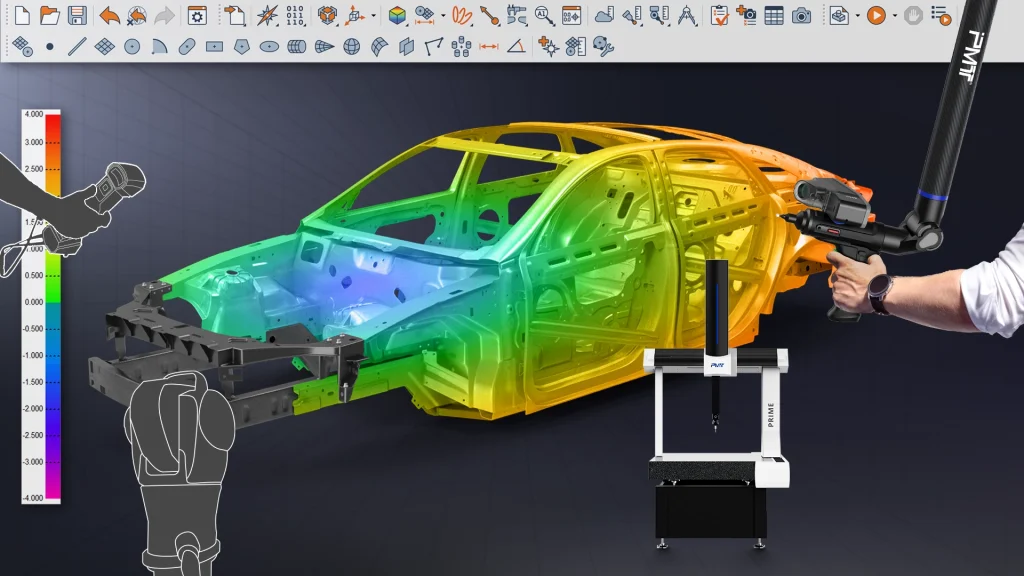
A Coordinate Measuring Machine?(CMM) plays a vital role in these tasks by using a high-precision probe to gather spatial point data, which is then transformed into 3D point clouds for CAD modeling. The accuracy of the data collected by the CMM allows for reliable input into the subsequent design, analysis, and manufacturing processes.
Classification of CMMs
CMMs can be broadly classified into two categories based on application scenarios:
Fixed CMMs (Stationary Coordinate Measuring Machines)
These machines are installed in stable environments such as laboratories or production floors and offer ultra-high accuracy for detailed inspections. Common types include:
- Bridge-type CMMs: Ideal for laboratory-based precision inspection, especially for small-to-medium parts like injection molds and machined components.
- Gantry-type CMMs: Suitable for ultra-large parts such as turbine blades, aerospace structures, and shipbuilding components.
- Shop-floor CMMs: Designed for harsh industrial environments and used for in-line or near-line measurements directly on the production floor.
Portable CMMs (Portable Coordinate Measuring Systems)
These devices are designed for on-site, flexible measurement tasks and are easier to move and operate in field environments. Main types include:
- Portable Measuring Arms: Offer both tactile probing and laser scanning capabilities; ideal for reverse engineering, on-site inspection, and automotive fixture adjustments.
- Laser Trackers: Suitable for extremely large-scale measurements with high accuracy, often used in industries like wind energy, shipbuilding, and aerospace assembly.
- Handheld 3D scanners:Lightweight and easy to use for quick scanning tasks; typically require target markers and are widely used in artistic modeling or heritage preservation.
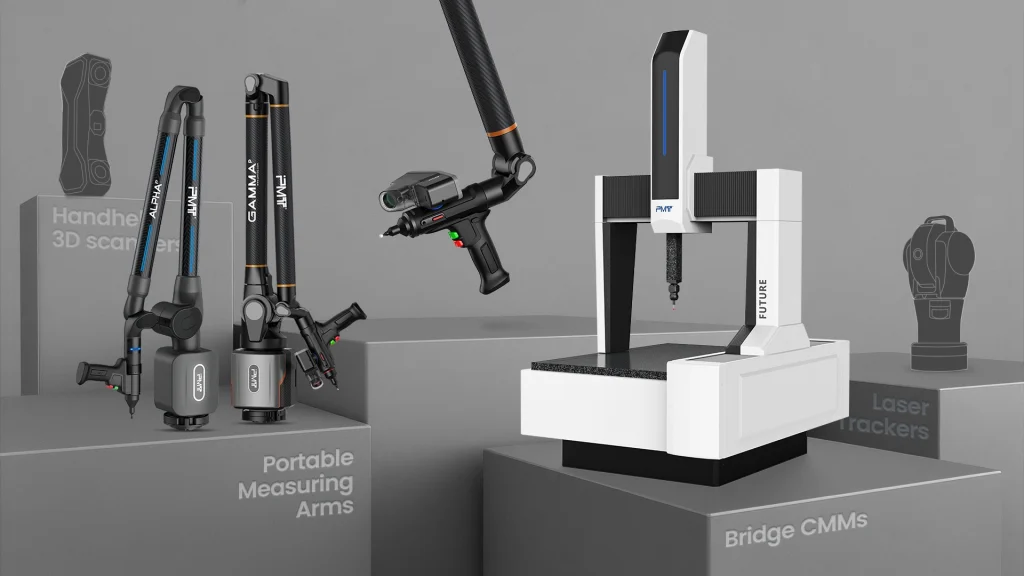
Key Advantages of CMMs:
- High Accuracy:CMMs offer micron-level resolution, making them ideal for precise part modeling.
- Strong Repeatability:Ensures stable and reliable data, crucial for quality control and production consistency.
- Adaptability to Complex Surfaces:CMMs are especially effective at measuring irregular geometries and intricate designs.
- Flexibility in Operation:With tools like the PMT Portable Measuring Arm, CMMs can operate in various positions and angles, making them suitable for on-site and large-scale part measurements.
While CMMs are primarily used for traditional measurement tasks, Portable Measuring Arms offer greater flexibility, particularly in situations requiring portability or the measurement of large, complex parts on-site.
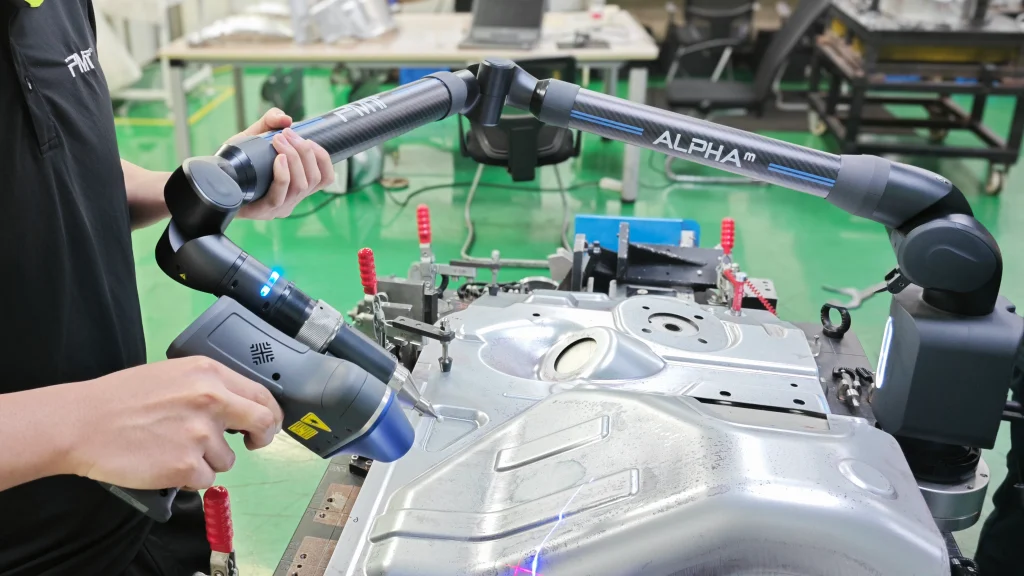
The Complete Process of Reverse Engineering Using CMMs
The reverse engineering process utilizing CMMs involves several key steps to ensure that physical parts are accurately transformed into digital models.
1. Sample Preparation and Fixture Design
To ensure high-precision measurement, the sample part must be cleaned and securely fixed. Additionally, a reference coordinate system must be established based on the scanning path to guide the measurement process.
2. High-Precision Data Acquisition
With advanced tools such as the PMT Portable Measuring Arm?(or traditional CMMs), accurate 3D data can be quickly acquired. These systems are equipped with high-precision probes or laser scanning heads to capture the geometry of complex parts. This technology eliminates the need for target markers, streamlining the process and reducing overall measurement time.
3. Point Cloud Data Processing
The acquired point cloud data is then processed using software to remove noise, fit surfaces, and reconstruct the geometry. The processed data can be exported in formats like STL, IGES, or STEP for further use in CAD software.
4. Digital Modeling and Engineering Application
Once the point cloud is processed, it can be used to generate detailed CAD models for reverse engineering or design optimization. The model can also be utilized in CAE simulations or CNC programming for rapid manufacturing.
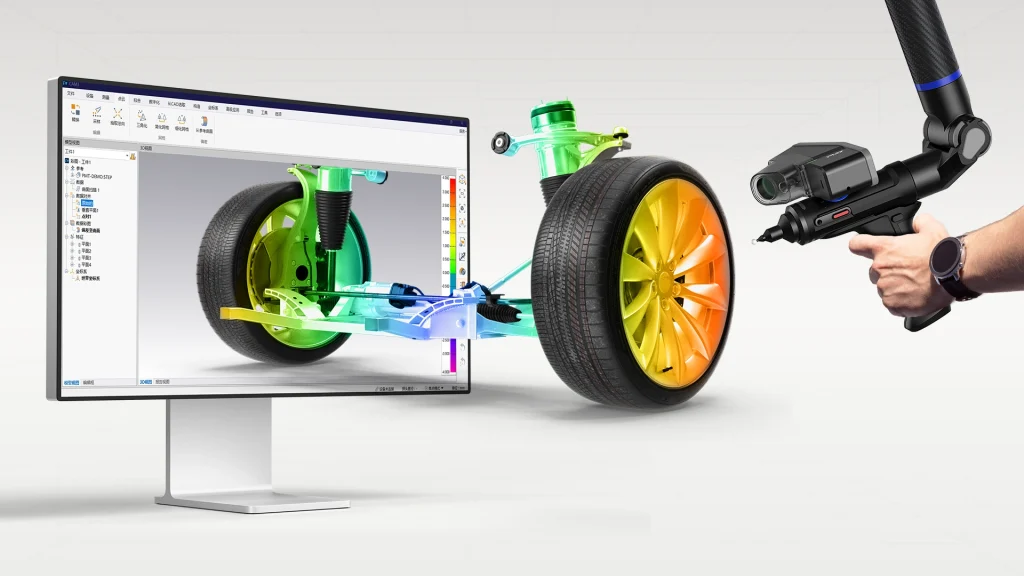
Case Study: Prototype Development of a New Vehicle Model
In the early stages of developing a new vehicle model, the design team utilized the PMT Portable Measuring Arm combined with laser scanning technology to capture the 3D geometry of a clay prototype. The process allowed the team to complete a full digital model of the prototype within two weeks, saving approximately 40% of the time compared to traditional methods. The final model was accurate to within ±0.05mm, providing the team with valuable time for wind tunnel simulations, structural adjustments, and mold production.
This case illustrates how using advanced CMM technology can significantly improve the speed and accuracy of prototype development, enabling manufacturers to shorten their product development cycles and increase competitiveness.
Implementation Recommendations and Key Considerations
When utilizing CMMs for reverse engineering, it is essential to keep the following factors in mind:
- Select the Right Equipment: Choose a CMM that matches the size and precision requirements of your parts. For large or complex parts, a Portable Measuring Arm may offer the flexibility needed for on-site measurements.
- Ensure Proper Training: Operators should have a solid understanding of CAD software and point cloud processing techniques. The accuracy of the final model depends on the quality of the data processing.
- Environmental Control: Temperature fluctuations, vibrations, and bright lighting can all affect measurement accuracy. Conduct measurements in controlled environments to minimize these variables.
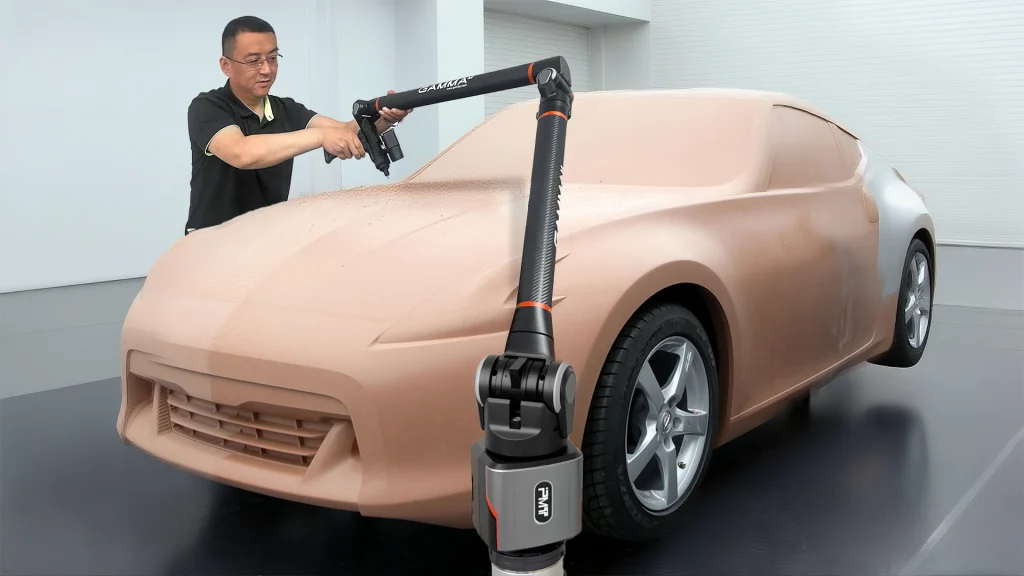
Conclusion: CMMs Driving Digital Transformation in Manufacturing
As manufacturing continues to evolve towards greater precision, efficiency, and automation, the role of Coordinate Measuring Machines (CMMs) in reverse engineering becomes increasingly critical. By seamlessly integrating with CAD/CAM/CAE systems, CMMs not only streamline product development but also support the transition toward smart manufacturing.
With continuous advancements in artificial intelligence and automated modeling technologies, the potential for CMMs to drive further digital transformation in industry is vast.
For efficient and accurate reverse engineering, discover PMT’s complete CMM solutions—including portable CMMs, bridge-type CMMs, specialized measurement software, and high-precision encoders.Contact PMT today?for a comprehensive solution to enhance your product development and manufacturing efficiency!
